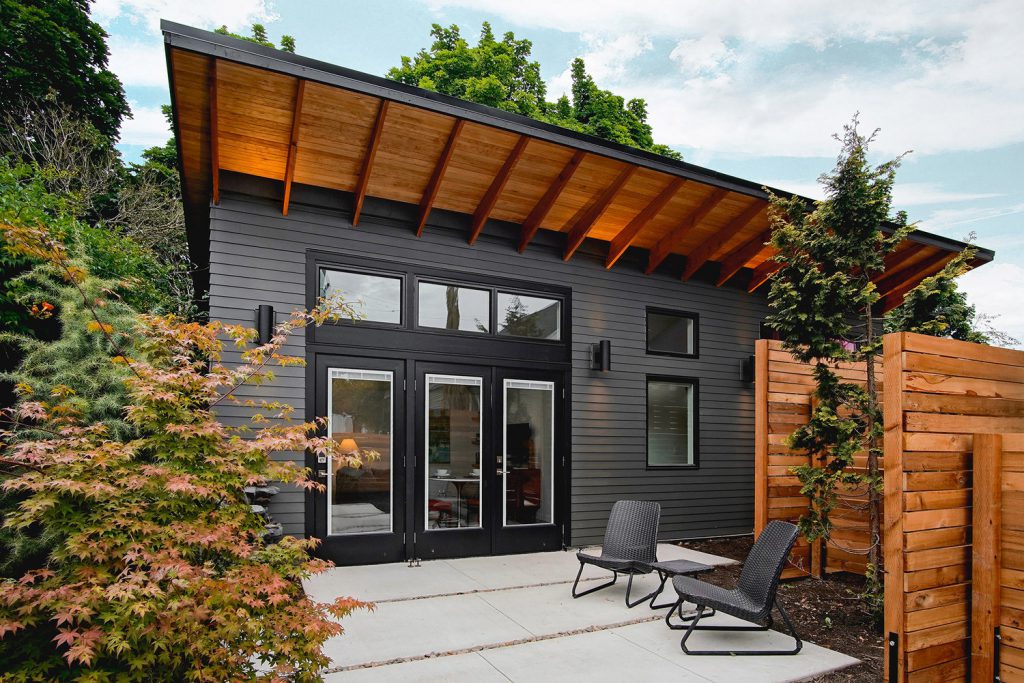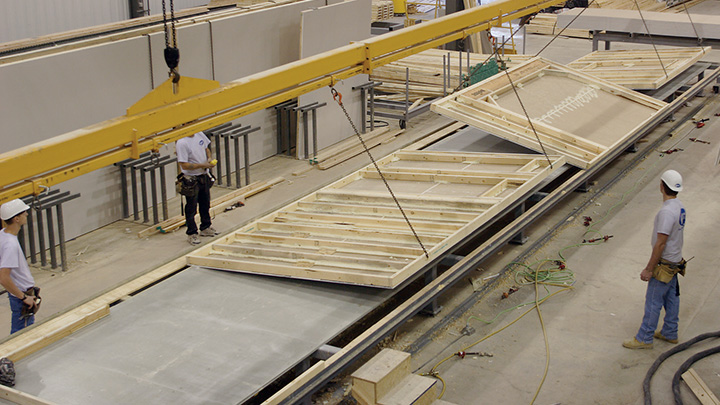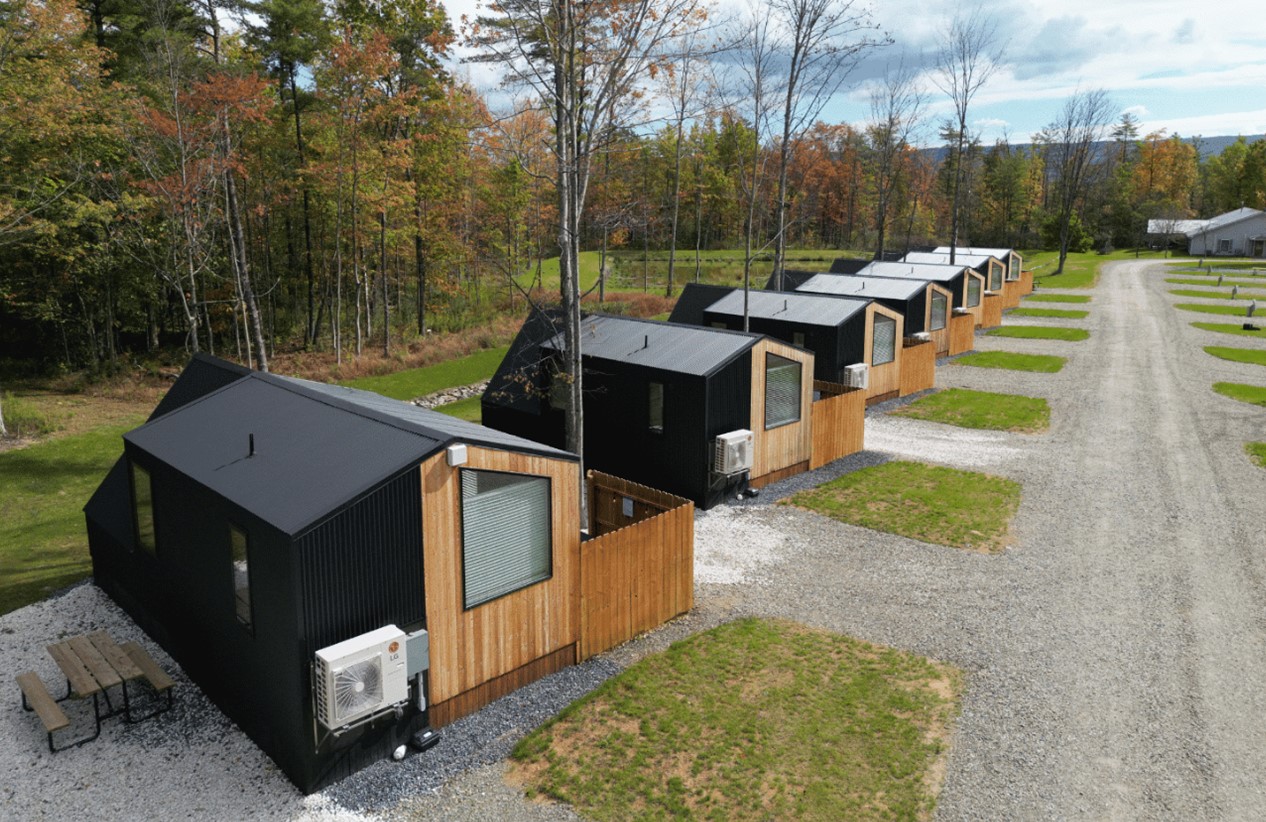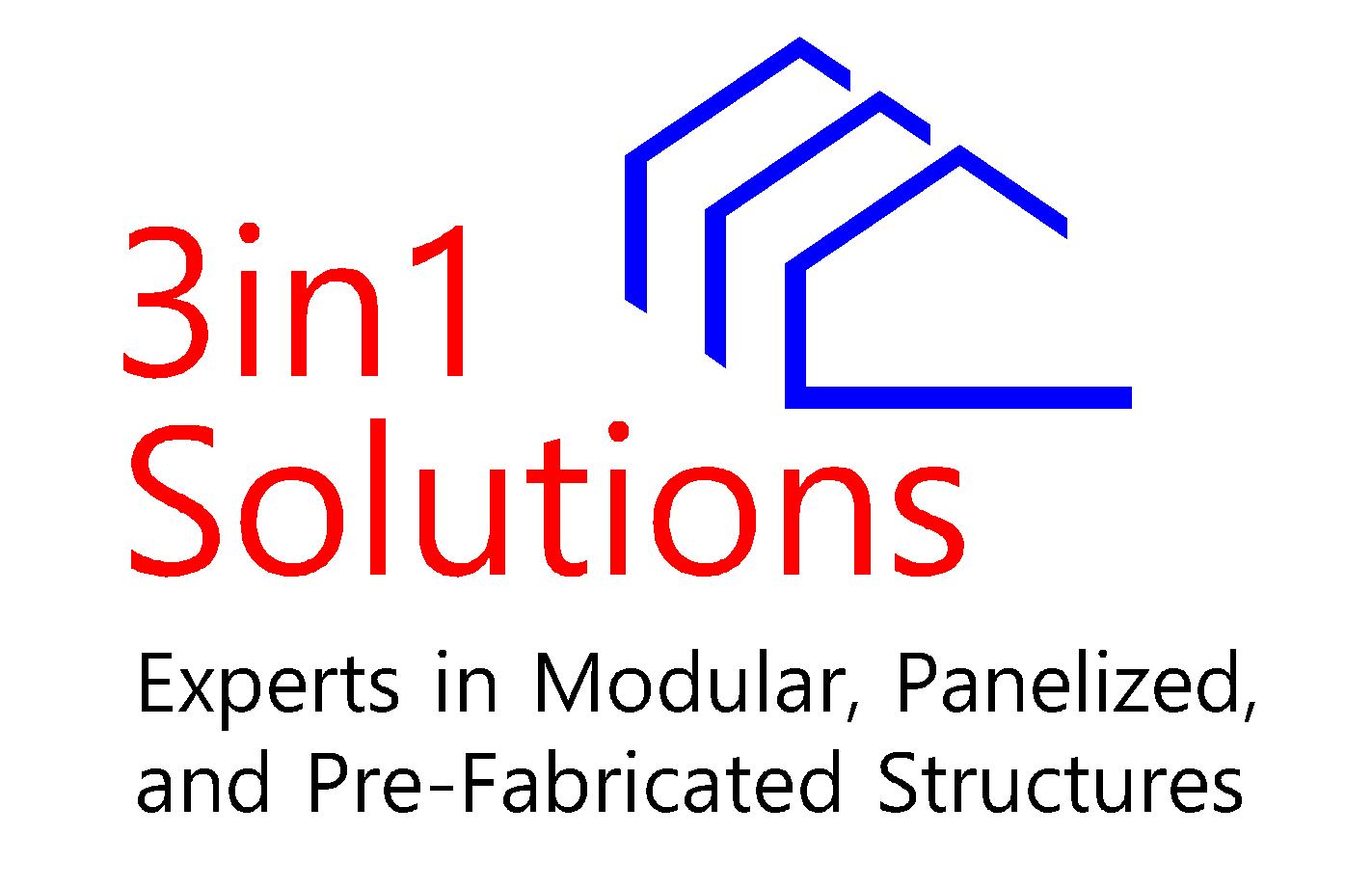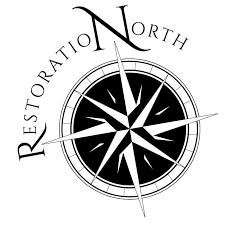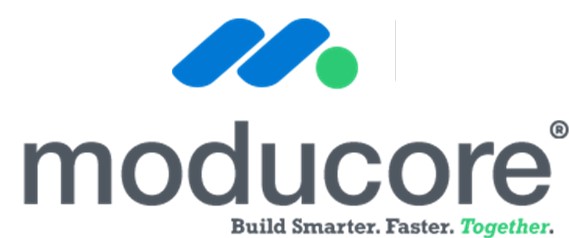As housing challenges continue to grow, communities across the country are beginning to embrace Accessory Dwelling Units (ADUs) as a smart, flexible, and compassionate solution.

.
For decades, ADUs—those small, secondary homes built on the same property as a primary residence—faced widespread resistance. Often dismissed as “granny flats,” “backyard cottages,” or even zoning loopholes, they struggled against restrictive municipal codes, neighborhood opposition, and skepticism about their long-term impact.
But in a notable shift, that resistance is giving way to increasing acceptance—and in many places, genuine enthusiasm. Why the change? A perfect storm of shifting demographics, skyrocketing housing costs, aging populations, and evolving notions of home have led cities and citizens alike to take a fresh look at ADUs. In the process, these modest-sized dwellings are being reimagined as a critical piece of the offsite and affordable housing puzzle.
The Quiet Revolution in Housing
The ADU movement isn’t loud. It doesn’t come with the towering cranes or sprawling developments of traditional housing expansion. Instead, it’s a grassroots, lot-by-lot transformation—often happening in backyards, garages, and basements. But its collective impact is starting to echo across the housing landscape.

photo – Wolf Industries
ADUs offer a form of “gentle density,” allowing cities to increase housing stock without fundamentally changing the look and feel of a neighborhood. A single ADU can provide a home for a grandparent, a returning college student, a caregiver, or a tenant seeking an affordable option in an otherwise unaffordable neighborhood.
And because ADUs can be built offsite—prefabricated, modular, or panelized—then transported and installed quickly, they’re increasingly attractive to forward-thinking developers and factory-built housing manufacturers alike. The offsite construction industry has a major role to play in the next phase of ADU expansion.
Cities Rethinking the Rules
Policy is one of the biggest drivers of this newfound momentum. In the past, zoning laws limited or outright banned ADUs in many urban and suburban areas. Homeowners faced cumbersome permitting processes, high fees, and rules that made it nearly impossible to build a second unit—even on a large lot.
Now, municipalities are rethinking their approach. Los Angeles, for example, saw ADU permit applications rise from a few hundred in 2016 to over 5,000 annually after simplifying the permitting process and removing many legal barriers. Portland has waived development charges for ADUs. Seattle and Austin have passed legislation that allows for more flexible designs and use cases.

photo – Boxabl
In California, statewide laws now permit ADUs on virtually any single-family lot, making it easier than ever for homeowners to add value and flexibility to their property. Some cities are even offering pre-approved ADU plans to help streamline construction, many of which are ideal for modular or panelized construction.
This change in regulation isn’t just about supply—it’s about attitude. City leaders are increasingly seeing ADUs not as threats to community character, but as tools to enhance it.
A Cultural Shift Toward Multi-Generational Living
Beyond regulation, there’s a growing cultural acceptance of ADUs as part of a larger rethinking of what home life can and should look like. Multi-generational living is back on the rise in the U.S., driven by economic pressures, caregiving needs, and cultural values.
ADUs provide the ideal physical space for this shift. They offer privacy and independence—key for both older and younger residents—while keeping family close. Whether used to house aging parents, give adult children a financial leg up, or accommodate live-in caregivers, ADUs can be adapted to a wide range of evolving household needs.
With the rise of remote work and a freelance economy, some homeowners are also using ADUs as home offices, studios, or even Airbnb rentals—helping to pay the mortgage and build financial resilience.
A Big Opportunity for Offsite Innovators
The growing popularity of ADUs presents a unique opportunity for offsite construction manufacturers, especially those specializing in high-quality small-footprint designs. Modular factories are uniquely positioned to serve the ADU market: they can build units quickly, under controlled conditions, and deliver them ready-to-install on-site in a fraction of the time it takes for traditional stick-built construction.
Several companies, including Champion Homes, Boxabl, and Wolf Industries, are already capitalizing on this trend with factory-built ADU models. These units are often energy-efficient, architecturally appealing, and built to local code before they even leave the factory.

photo – Champion Homes
The ADU market also aligns perfectly with sustainability goals. Smaller homes use fewer materials, generate less waste, and are more efficient to heat and cool. As climate-consciousness becomes an increasingly important part of housing policy and consumer decisions, ADUs—and the modular builders who produce them—are likely to benefit.
Overcoming Lingering Concerns
Of course, not everyone is convinced. Some neighborhood associations still raise concerns about parking, privacy, and property values. Financing can also be a hurdle, as not all lenders are familiar with ADU valuation or willing to offer flexible terms for factory-built units.
But even these barriers are being addressed. More lenders are developing ADU-friendly products, and education efforts by cities and housing advocates are helping to dispel myths. Many cities now require owner-occupancy for one of the units on the property, and they’re tightening regulations on short-term rentals to ensure ADUs serve long-term housing needs.
The data supports their efforts: studies show that ADUs do not significantly increase neighborhood density, nor do they decrease property values. In fact, many homeowners see an increase in resale value after adding an ADU—especially when it’s well-designed and factory-built for performance and longevity.
Looking Ahead
The rise of ADUs reflects a broader shift in how we think about housing. In a world where many Americans are priced out of traditional homeownership, and where land is increasingly scarce in urban cores, the idea of doing more with what we already have is gaining traction.
For the offsite construction industry, ADUs are more than a product category—they’re a proving ground for innovation, speed, and customer satisfaction. Builders who can deliver turnkey, code-compliant, attractive units that blend into existing neighborhoods will be in high demand. And those who pair smart design with smart financing solutions may find themselves leading the ADU revolution.
Most of all, ADUs are about meeting people where they are. They’re about giving families options, cities flexibility, and homeowners tools to thrive in a rapidly changing world. And that’s the kind of innovation we at Offsite Innovators will always celebrate.
Interested in showcasing your factory-built ADUs or ADU-related products on Offsite Innovators? Contact me to learn more about sponsorship opportunities and how to feature your work in our upcoming spotlight series.

